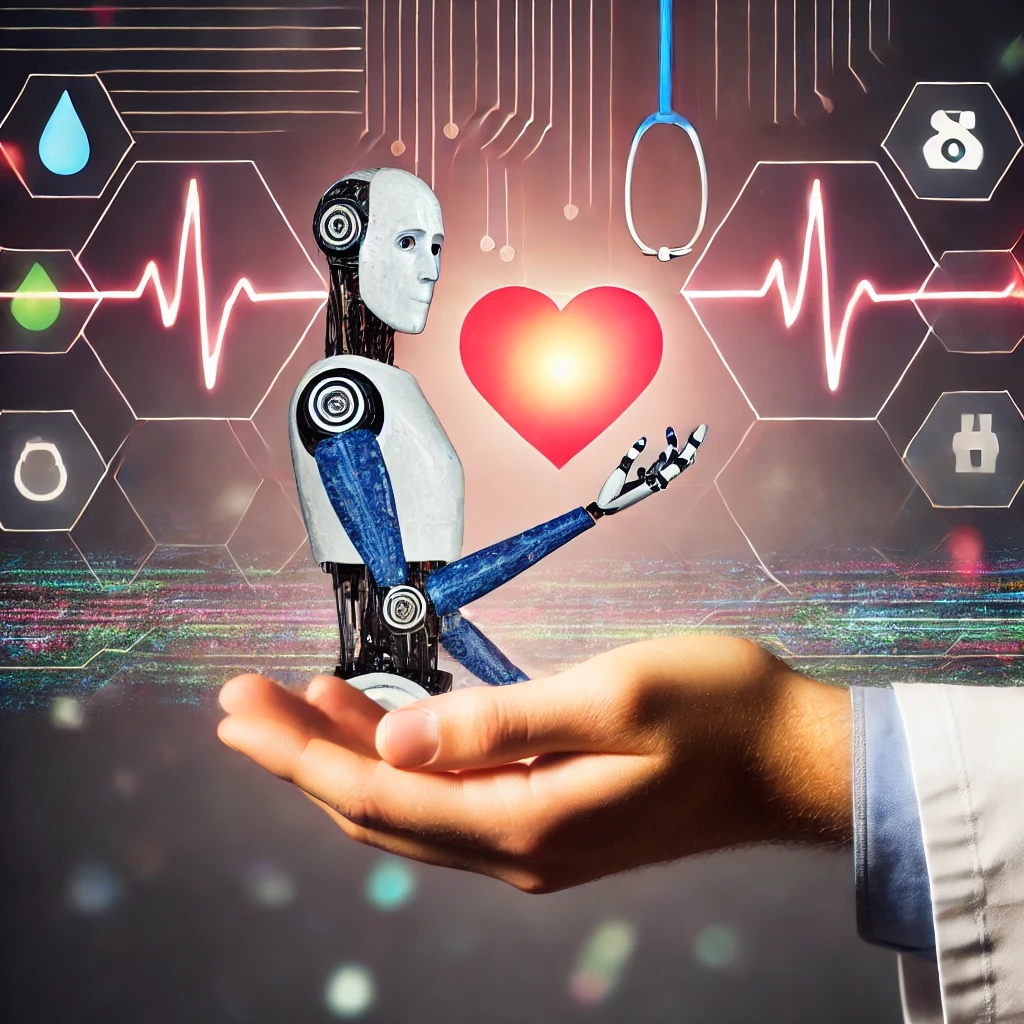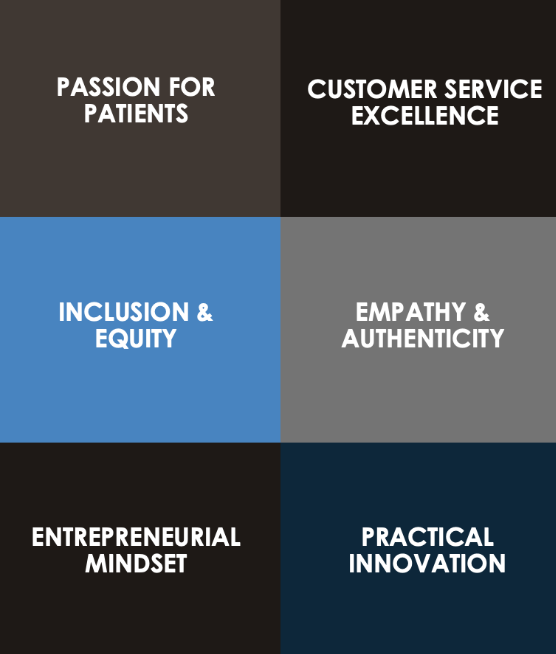By Blake Shewey, as published in PM360, November 21, 2024
With AI transforming the healthcare industry at a rapid pace, identifying which functions should remain in human hands becomes essential.
As I got home from my last Patient Ambassador® training, the overwhelming sense of connection, of that deeply human bond all of the participants built together, has been something I relish still today. Over three days, we worked creatively one on one with people who have shown the greatest bravery in the face of serious health challenges. During this process, the patients got to exchange experiences with one another and took away helpful information shared by product and disease experts from the client side. At the end of these intense three days, each patient got to share the current version of their story, which was about to undergo a further refinement before it could be shared with a broader audience. Having connected in person with other human beings on such a deep and emotional level got me thinking: “Isn’t this what it’s all about?” And I worried: “Could artificial intelligence take this away from all of us?” Here are my thoughts on this.
Earlier this year, we established that artificial intelligence (AI) is inevitably transforming healthcare.1 […] The technology holds a lot of promise and its implementation is bound to be revolutionary. But with AI’s growing presence, it’s essential to examine the limits of its application in patient care and engagement. We’ll examine three of the limitations.
Preference for Predictability
One of the limitations stems from the difficulty to get things approved. […] Given our industry’s historic preference for predictability, it’s unlikely that many industry players would use generative chatbots to engage with the outside world in the near future. Like any tech, AI is only as good as the data it’s trained on and the prompts it’s given, and the need for predictability will force our industry to remain in the current exploratory phase for the time being.
Another challenge is preserving authenticity. Deepfakes and the practice of allowing AI bots to pose as real people are troubling phenomena that can have a corrosive effect on society, as many people start to treat everything with suspicion and distrust. We’re slowly getting accustomed to presuming that every piece of content could potentially be inauthentic, deliberately designed to fool us into believing something that’s not true. As uncomfortable as that situation is, there’s a positive flipside to that coin; we are also starting to care and pay extra attention to whatever we know to be authentic. In other words, certifiably true and authentic content, human content, is now rewarded with an attention premium. This is a great opportunity for patient engagers who recognize the value of co-creation between human beings.
Between Problem-Solving and Relationship-Building
The third challenge to those who wish to implement AI relates to the importance of empathy and social togetherness. The author and historian Yuval Harari points out that “there are situations when what we want from someone is not just to understand our feelings but also to have feelings of their own. […] Consequently, when we consider the likelihood that various social roles and jobs will be automated, a crucial question is what do people really want: Do they only want to solve a problem, or are they looking to establish a relationship with another conscious being?”2
Healthcare is eminently about both problem-solving and relationship-building, and patient engagement is on the relationship end of that continuum. The output is not the reason why you engage with patients. It’s a by-product or a means to an end. Engagement is the reason you engage with patients. It’s about building that bridge between the industry and the community. […] If it were just about extracting content and moving on, AI would be better and cheaper, but such an approach could easily erase any goodwill you’re trying to build.
Post Peak Data
Tech might be here to stay but so is the need for a human touch. Many experts believe we’re approaching “peak data,” which increases the importance of proprietary data. However, this also means that all the disparate data sets risk creating silos and echo chambers, affecting all intelligent entities, human and artificial alike. Live events will be an effective countermeasure, offering opportunities to bring people together who have different backgrounds and perspectives yet shared experiences (i.e., a diagnosis). Events like that generate unique insights by safely allowing for unpredictable, unfiltered, real-time moments.
During the pandemic, we all got a taste of how isolating it can be to only connect through online tools. The need and desire to connect in person is even more pronounced when talking about something as personal as health. When you face your own mortality or chronic illness, knowing you are not alone matters. What others like you say and do will inevitably influence your behavior.
Beyond Pattern Recognition
We can safely say that AI will do a lot of things in our industry, but it won’t take humans out of patient engagement. It’s true that a lot of work in healthcare is essentially pattern recognition: Gathering medical data, providing a diagnosis, recommending a treatment. Similarly, patient engagement involves getting to know the essence of who your patients are, as individuals. Modern large language models (LLMs) have proven that they have an impressive capacity to synthesize various pieces of information in a coherent and engaging way, even mimicking human emotions based on data patterns. Yet there’s equally as much of healthcare that does not easily offer itself to AI-powered automation. “AI is far from having the skills necessary to automate nursing tasks such as replacing bandages on an injured person or giving an injection to a crying child,” as Harari points out.
Similarly, it’s not going to prepare the meeting venue, personally welcome the patients and introduce them to one another, have meals with them, or give them a warm handshake or a hug anytime soon. It can probably soon make bookings, order supplies, and assist in writing stories and designing materials. But at the core of patient engagement a human will continue to be present. Patient engagement always entails a high-touch approach, and that continues to require the attention of a fellow human being.
Read the full article at PM360.
- PM360, June 24, 2024: Bot to Trot: AI Steps Up to Transform Healthcare ↩︎
- Harari, Yuval Noah: Nexus. A Brief History of Information Networks from the Stone Age to AI. pp. 318-320. ↩︎













